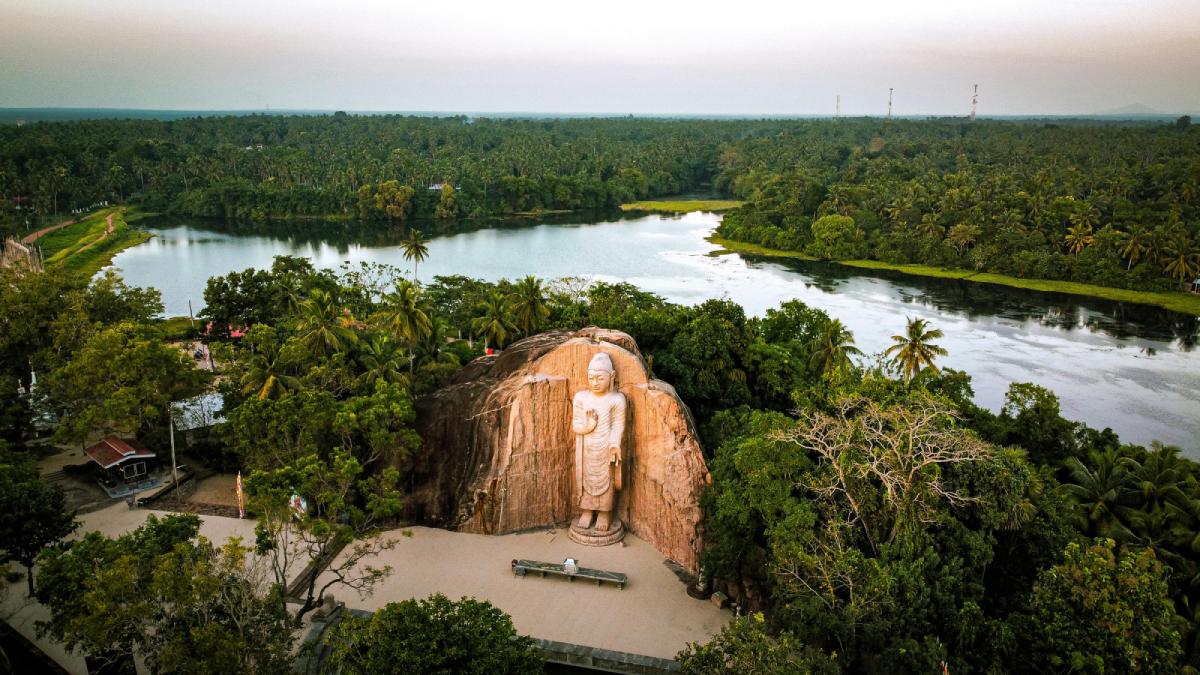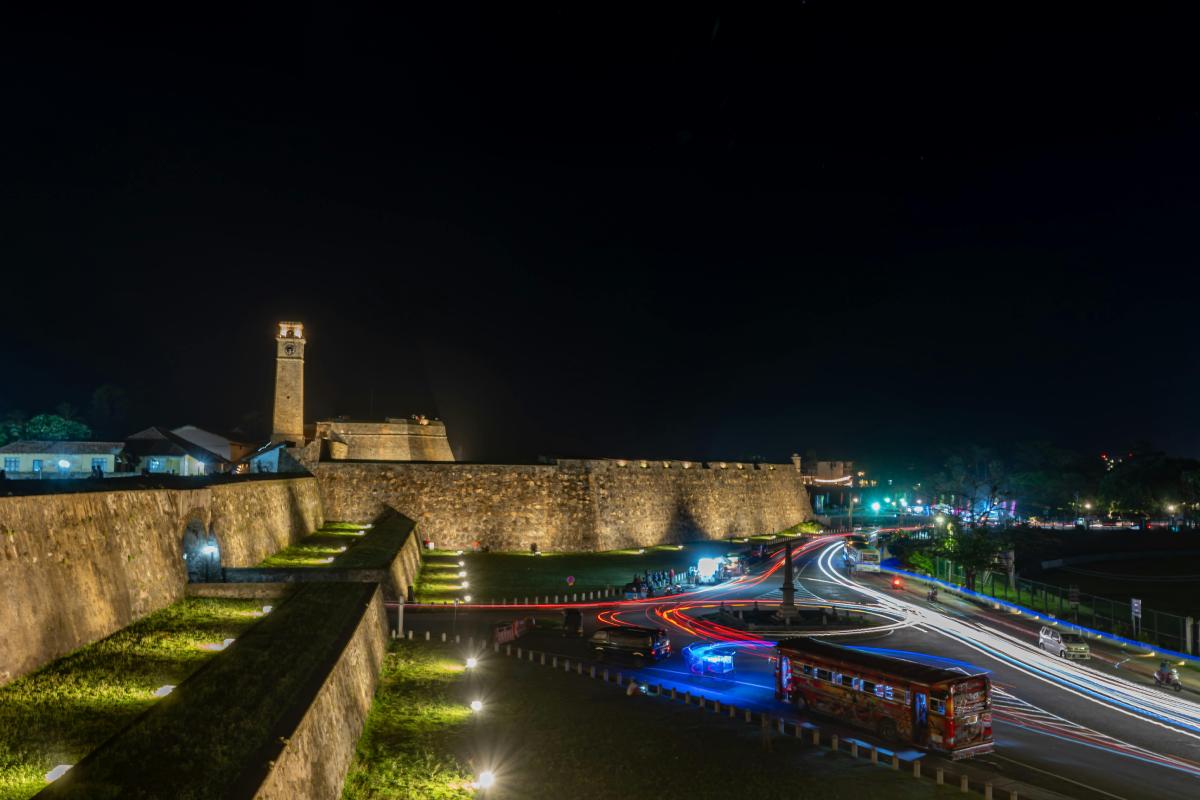Udawalawe National Park stands as one of Sri Lanka‘s most celebrated wildlife sanctuaries, renowned for its abundant elephant population and diverse ecosystem. Located at the boundary of Sabaragamuwa and Uva Provinces, this protected area offers visitors a unique glimpse into Sri Lanka’s natural heritage while serving as a vital conservation zone. This article explores the history, ecology, wildlife, and visitor experience of this remarkable destination.
Udawalawe National Park Safari
Origins and Geography
Established in 1972, Udawalawe National Park was created primarily as a sanctuary for wild animals displaced by the construction of the Udawalawe Reservoir. Spanning approximately 30,821 hectares (119 square miles), the park surrounds the massive reservoir created by damming the Walawe River, which originates in Sri Lanka’s central highlands.
The landscape features a mix of open grasslands, scrub forests, and riverine forest patches. This varied terrain sits on the boundary between Sri Lanka’s wet and dry zones, contributing to its unique biodiversity. The park’s elevation ranges from about 100 to 1,100 meters above sea level, creating diverse microclimates throughout the reserve.
The reservoir itself covers nearly 3,400 hectares and serves as a critical water source for wildlife, especially during the dry season from May to September. During these months, animals congregate around the remaining water sources, creating exceptional wildlife viewing opportunities.
Ecological Significance
Udawalawe represents one of the few places in Sri Lanka where visitors can observe elephants year-round, making it ecologically significant as an elephant conservation area. The park maintains a healthy elephant population of approximately 500-700 individuals, one of the highest densities in Asia.
Beyond its elephant population, the park encompasses several important ecosystem types:
- Savanna and grasslands: These open areas support grazing animals and their predators, creating a unique ecosystem more reminiscent of African savannas than typical Sri Lankan forests.
- Thorny scrublands: These drought-resistant habitats harbor specialized plant species adapted to the seasonal dry conditions.
- Riparian forests: Along the Walawe River and its tributaries, these forests provide critical habitat for numerous species requiring proximity to water.
- Marshlands: Seasonally flooded areas around the reservoir edges create important wetland habitats for aquatic species and birds.
The park serves as an important watershed protection area, helping regulate water flow in the region while preventing soil erosion. Its location in Sri Lanka’s transitional zone between wet and dry climates makes it a particularly valuable conservation area, as it preserves habitats that are increasingly threatened throughout the island.
Wildlife Diversity
Elephants: The Park’s Icons
Asian elephants (Elephas maximus) are undoubtedly Udawalawe’s star attraction. Unlike in many other protected areas where elephants migrate seasonally, Udawalawe’s resident population remains relatively stable throughout the year. This consistency makes the park one of the most reliable places in Asia to observe these magnificent creatures in their natural habitat.
Visitors can witness various elephant behaviors, from family groups caring for calves to bachelor herds of young males engaging in play fights. The open terrain allows for excellent visibility, and it’s not uncommon for visitors to observe elephants feeding, bathing, or socializing just meters from the park roads.
The Elephant Transit Home, located near the park entrance, rehabilitates orphaned elephant calves, adding to the conservation value of the area. This center releases rehabilitated elephants back into the wild, often within the park itself, contributing to population sustainability.
Other Mammals
While elephants dominate the landscape, Udawalawe hosts approximately 43 mammal species:
- Water buffalo (Bubalus bubalis) inhabit the marshier sections
- Spotted deer (Axis axis) graze in the grasslands
- Sambar deer (Rusa unicolor) prefer the more wooded areas
- Wild boar (Sus scrofa) forage throughout the park
- Golden jackal (Canis aureus) hunt in the open areas
- Leopards (Panthera pardus kotiya) remain elusive but present
- Several mongoose species patrol the underbrush
- Endemic toque macaques (Macaca sinica) and purple-faced langurs (Semnopithecus vetulus) inhabit forested sections
Smaller mammals include porcupines, black-naped hares, giant squirrels, and several species of civets and palm civets.
Avian Diversity
Birdwatchers find Udawalawe particularly rewarding, with over 200 recorded bird species. The reservoir and associated wetlands attract numerous aquatic and wading birds:
- Painted storks (Mycteria leucocephala)
- Asian openbills (Anastomus oscitans)
- Black-headed ibis (Threskiornis melanocephalus)
- Eurasian spoonbills (Platalea leucorodia)
- Greater flamingos (Phoenicopterus roseus) during migration seasons
- Several species of kingfishers, including white-throated (Halcyon smyrnensis) and pied (Ceryle rudis)
- Numerous egret and heron species
Raptors patrol the skies above the grasslands, including:
- White-bellied sea eagles (Haliaeetus leucogaster)
- Crested serpent eagles (Spilornis cheela)
- Changeable hawk-eagles (Nisaetus cirrhatus)
- Brahminy kites (Haliastur indus)
The grasslands support ground-nesting species like red-wattled lapwings (Vanellus indicus) and Indian peafowl (Pavo cristatus), while the scrub forests house numerous songbirds, including endemic species like the Sri Lanka junglefowl (Gallus lafayettii).
Reptiles and Amphibians
The park’s aquatic environments support numerous reptile species:
- Mugger crocodiles (Crocodylus palustris) bask along the reservoir edges
- Water monitors (Varanus salvator) patrol both land and water
- Star tortoises (Geochelone elegans) inhabit drier areas
- Several snake species, including Indian pythons (Python molurus), rat snakes, and keelbacks
Amphibians thrive during the wet season when temporary pools form throughout the park, creating breeding grounds for various frog and toad species.
Conservation Challenges
Despite its protected status, Udawalawe faces several conservation challenges:
Human-Elephant Conflict
As agricultural lands increasingly encroach on traditional elephant territories surrounding the park, human-elephant conflicts have intensified. Crop raiding by elephants damages livelihoods, sometimes leading to retaliatory killings. Park authorities have implemented electric fencing around portions of the boundary, but maintaining these barriers remains challenging.
The Elephant Transit Home works to mitigate this conflict by rehabilitating elephant calves orphaned due to human-elephant conflicts and educating local communities about coexistence strategies.
Invasive Species
Several invasive plant species threaten native ecosystems within the park. Lantana camara and Mimosa pigra have established themselves in disturbed areas, outcompeting native vegetation and altering habitat structure. Park management conducts periodic removal operations, but complete eradication remains difficult.
Water Management
The Udawalawe Reservoir, while providing crucial habitat, also presents management challenges. Water levels fluctuate based on irrigation demands for surrounding agricultural areas, sometimes declining dramatically during extended dry periods. These fluctuations can stress aquatic ecosystems and concentrate wildlife around remaining water sources, increasing competition and potential for disease transmission.
Tourism Pressure
Growing tourism numbers bring both benefits and challenges. While tourism revenue supports conservation efforts, increased traffic on park roads can disturb wildlife behaviors. Some drivers pursue too close approaches to elephants, potentially stressing the animals and creating dangerous situations. Park authorities continue to refine visitor management protocols to balance access with conservation priorities.
Visitor Experience
Visitors typically explore Udawalawe via jeep safaris along established roads throughout the park. Morning (6:00 AM to 10:00 AM) and afternoon (2:00 PM to 6:00 PM) safaris offer the best wildlife viewing opportunities, as animals are most active during these cooler hours.
The relatively flat, open terrain provides excellent visibility compared to Sri Lanka’s more densely forested national parks. This openness, combined with the reliable presence of elephants, makes Udawalawe particularly popular with photographers and first-time safari-goers.
A typical safari lasts 3-4 hours, though full-day excursions can be arranged. Experienced guides enhance the experience by locating wildlife and sharing information about the park’s ecology and conservation work.
Best Times to Visit
While Udawalawe offers good wildlife viewing year-round, the dry season (May to September) concentrates animals around water sources, making them easier to observe. During these months, large elephant herds gather around the reservoir, creating spectacular viewing opportunities.
The wet season (October to April) transforms the landscape, with lush vegetation and temporary water bodies scattered throughout the park. During these months, animals disperse more widely, but the green landscape provides a beautiful backdrop for photography.
Accommodation Options
While no lodging exists inside the park boundaries, numerous accommodations ranging from basic guesthouses to luxury eco-lodges operate in the surrounding area, particularly near the southern entrance. Many lodges offer packages including transportation, safari guides, and meals.
For budget travelers, the border towns of Embilipitiya and Thanamalwila offer additional accommodation options within reasonable driving distance of the park entrance.
Beyond Wildlife Watching
While wildlife observation remains the primary draw, visitors can enhance their experience through additional activities:
Cultural Connections
Several communities surrounding the park maintain traditional agricultural practices and crafts. Some tour operators offer village visits showcasing traditional cooking methods, handicrafts, and agricultural techniques.
The ancient rock temple of Uda Walawa Maha Viharaya, dating back to the 2nd century BCE, lies near the park’s northern boundary. This archaeological site provides historical context to the region’s human heritage.
Elephant Transit Home
Located near the park entrance, this rehabilitation center cares for orphaned elephant calves until they can be reintroduced to the wild. Visitors can observe the feeding sessions (typically at 9:00 AM, 12:00 PM, 3:00 PM, and 6:00 PM), gaining insight into elephant behavior and the challenges of conservation.
Unlike some elephant facilities in Asia, the Transit Home minimizes human contact with the elephants, focusing on preparing them for eventual release rather than domestication.
Photography Workshops
Several specialized tour operators offer photography workshops focused on wildlife photography techniques. These sessions, led by experienced photographers, provide instruction on camera settings, composition, and ethical wildlife photography practices while exploring the park’s diverse habitats.
Sustainable Tourism Initiatives
Recent years have seen increased focus on sustainable tourism practices within and around Udawalawe:
- Several lodges have implemented water recycling systems and solar power
- Community-based tourism initiatives provide economic alternatives to activities that might threaten the park
- Guide training programs emphasize minimal wildlife disturbance and ethical viewing practices
- Plastic reduction campaigns aim to minimize waste in and around the park
These initiatives represent growing recognition that Udawalawe’s future depends on balancing tourism development with conservation priorities.
Conclusion
Udawalawe National Park stands as a conservation success story in many ways, protecting crucial habitat for Sri Lanka’s elephants while preserving diverse ecosystems at the intersection of the island’s wet and dry zones. For visitors, it offers reliable wildlife viewing opportunities in an accessible setting, making it an essential destination for nature enthusiasts visiting Sri Lanka.
As development pressures and climate change create new challenges, the continued protection of this remarkable landscape will require ongoing collaboration between park authorities, local communities, conservation organizations, and responsible tourists. Through such collective efforts, Udawalawe can continue to thrive as both a wildlife sanctuary and a sustainable tourism destination for generations to come.


